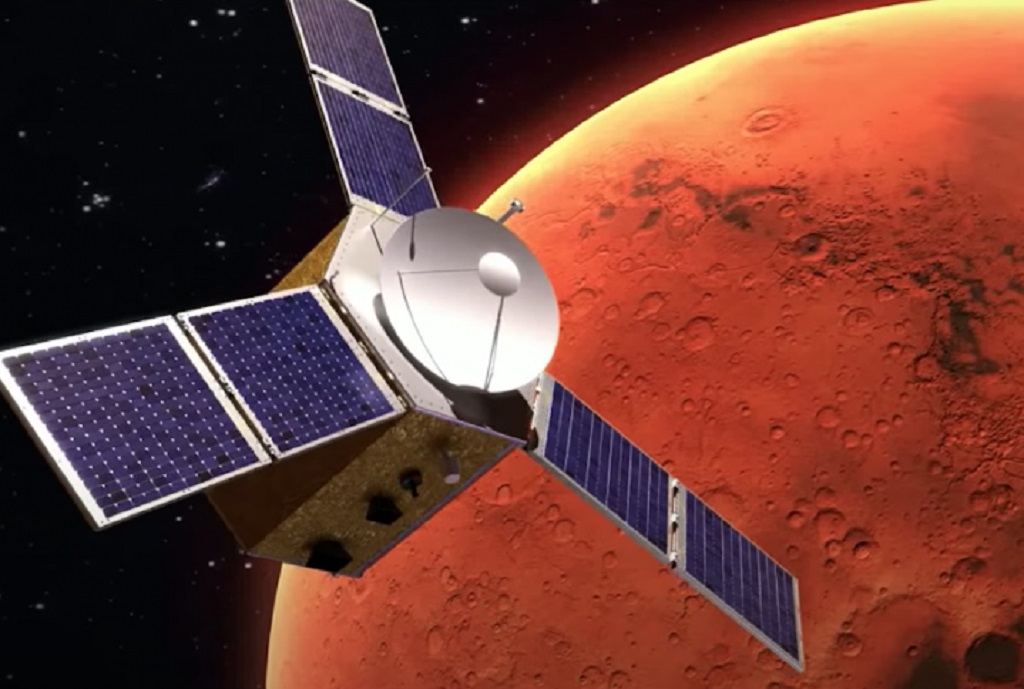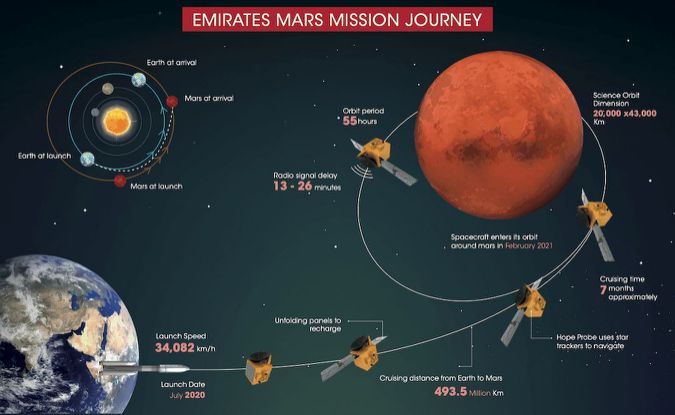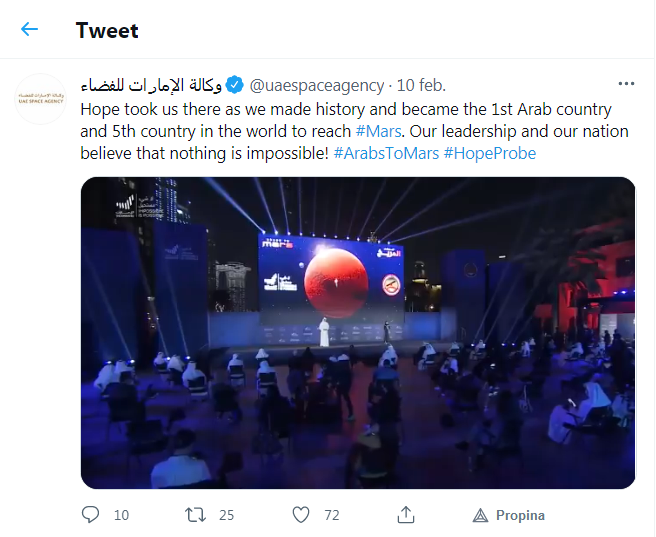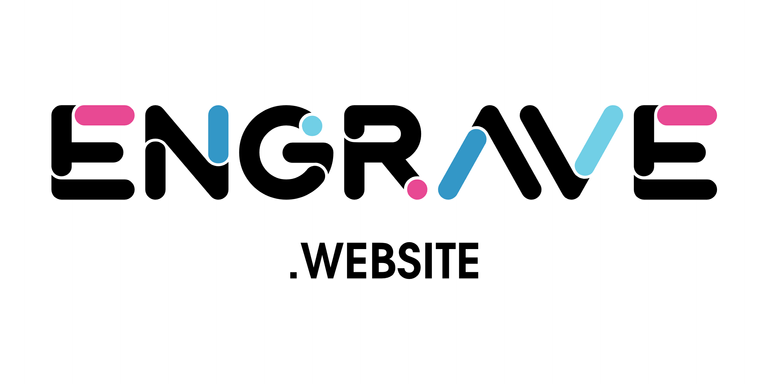
- The UAE space agency plans to build a settlement on Mars in 2117.
The first interplanetary mission of the United Arab Emirates to the planet Mars was a success, after announcing the arrival of the space probe "Hope" to the red planet. According to data from the Emirati space agency, the probe managed to settle into its orbit after a long journey of 494 million kilometers in a period of seven months, as it was launched from Tanegashima, Japan, on July 19, 2020.
The probe had to launch its six Delta-V thrusters for 27 minutes to reduce cruising speed from 121,000 km / h to about 18,000 km / h and achieve orbital insertion of the planet Mars. The probe will maintain this orbit, calibrating and testing its science instruments, before moving into its science orbit. In this way, Hope will provide the first complete picture of the meteorology of the red planet throughout a Martian year. This makes the Emirati the fifth space agency to reach Mars, after the United States, the Soviet Union, Europe and India. The program is part of the Arab country's efforts to develop its scientific and technological capabilities and reduce its dependence on oil.

Omran Sharaf, director of the United Arab Emirates mission at the Mohammed bin Rashid Space Center, stated that the attempt to fix the orbit around Mars had a 50% chance of failure, as the Hope probe was exposed to high stresses and pressures. which he had never faced before. With a communication delay of 11 minutes with Earth, the Hope probe has had to act with autonomous self-correction systems to be able to achieve insertion into the orbit of Mars, automatically managing and without human intervention any exceptional circumstance that may arise and mitigating any system failure or performance problems during operation.
Therefore the main objective of the Hope probe is to orbit around the red planet for the next two years and monitor its atmosphere in different places and through different seasons. This will allow us to understand the Martian climate as well as possible, since with Hope's scientific instrumentation, the global climate cycle will be explored, the formation of dust storms will be examined and why Mars is losing hydrogen and oxygen.
The first data provided by the Hope probe will be published in September and will be made available to scientists around the world, to deepen our understanding of our second closest planet. For its part, the first scientific results and findings of the mission's science team will be published in early December.




